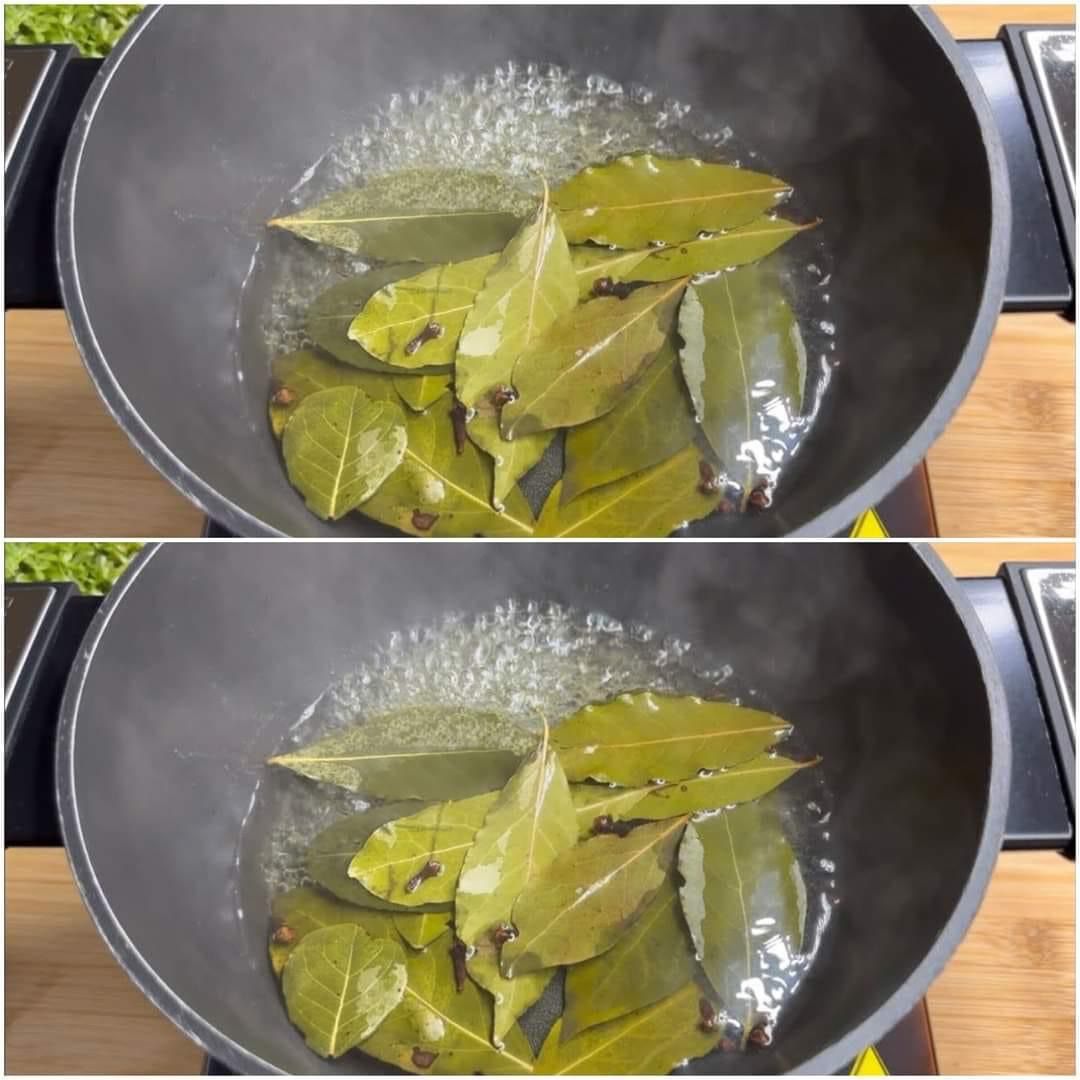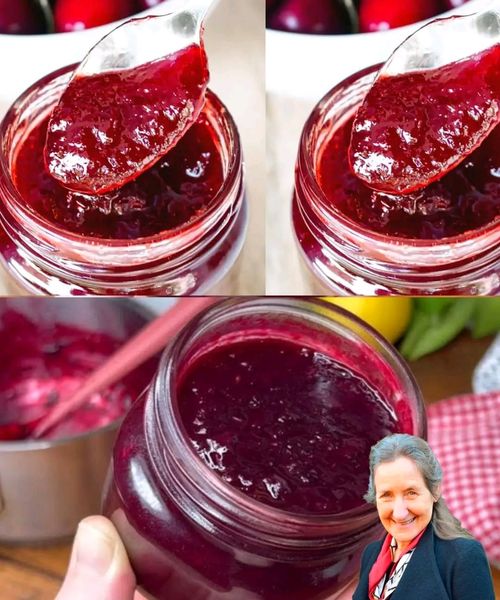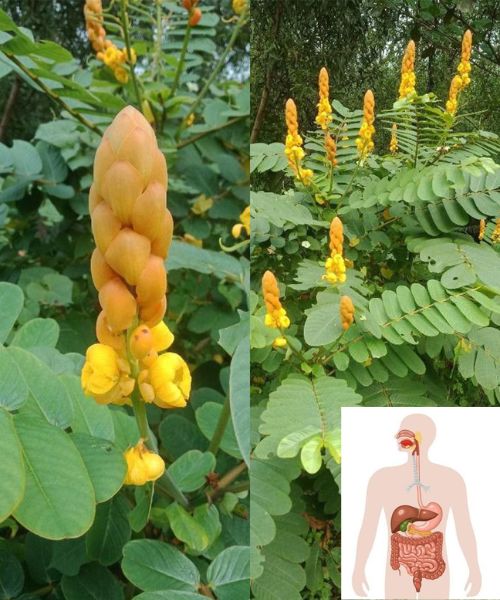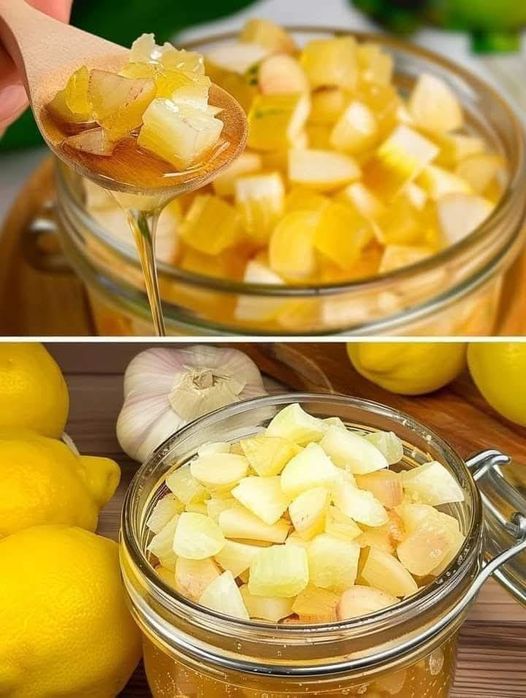Bay leaves are a familiar friend in the kitchen, adding depth of flavor to soups, stews, and braises. But did you know they might also hold a secret weapon against pesky flies? This post explores the potential of bay leaves as a natural fly repellent, along with some important disclaimers.
Bay Leaves: A Potential Fly Repellent?
The science behind bay leaves as a fly repellent is inconclusive. Some anecdotal evidence suggests that the strong aroma of bay leaves may deter flies. However, it’s unlikely to completely eliminate them from your home.
Here’s How to Try It (But Manage Your Expectations):
- Simmer Those Leaves: In a saucepan, combine 4-5 bay leaves with 2 cups of water. Bring to a simmer for 30 minutes to an hour. The idea is to release the bay leaf aroma into the air.
- Strategically Place the Pot: While the bay leaves simmer, move the pot around your house to different areas where you see fly activity.
- Repeat as Needed: The bay leaf scent may lose its potency over time. You can repeat the simmering process every few hours, or replace the bay leaves with fresh ones.
Important Considerations:
- Limited Effectiveness: As mentioned earlier, bay leaves are unlikely to be a complete solution for fly infestations.
- Focus on Prevention: The best way to deal with flies is to address the root cause of the attraction. Keep your kitchen clean, dispose of garbage properly, and eliminate any sources of standing water.
- Natural Alternatives: Other natural fly repellents like citronella or lavender essential oils may be more effective.
The Verdict on Bay Leaves:
While bay leaves might offer a mild fly-deterring effect, it’s not a magic bullet. Think of it as a supplementary strategy combined with proper sanitation and other natural repellents for a more comprehensive approach.



